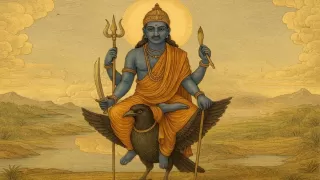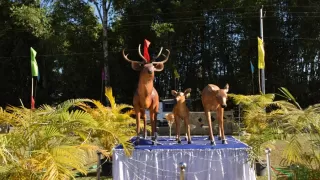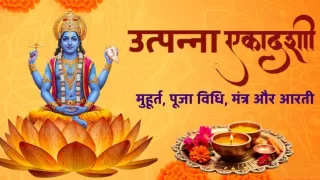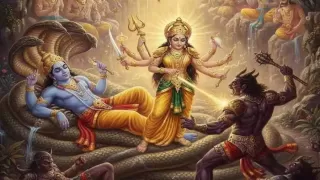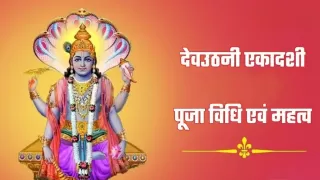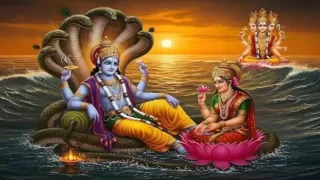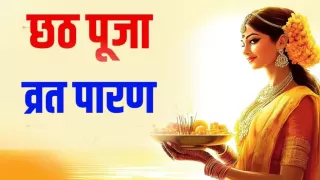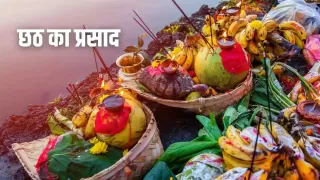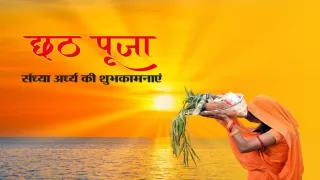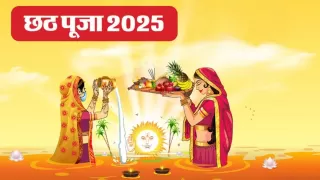Kharna 2025 will be observed on Sunday, October 26, 2025. This sacred day marks the second day of the grand four-day festival of Chhath Puja, one of the most deeply revered Hindu festivals dedicated to the Sun God (Surya Dev) and his sister Chhathi Maiya. Known as Lohanda in some regions, Kharna symbolises the beginning of a devotee’s journey into the most austere and spiritually uplifting phase of Chhath Puja.
What is Kharna?
Kharna, also known as Lohanda, is the day of self-purification and spiritual discipline. It is believed that on this day, devotees cleanse their bodies and souls to prepare themselves for the divine 36-hour fast that follows. This day serves as a spiritual bridge between human devotion and divine grace, setting the tone for the intense rituals of Chhath Puja.
Rituals and Traditions of Kharna 2025
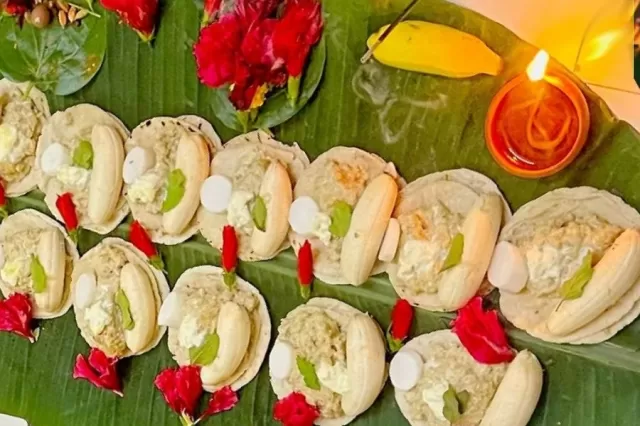
The rituals performed on Kharna are marked by simplicity, devotion, and deep emotional significance. Every act of the day, from fasting to preparing prasad, is an offering of gratitude to the Sun God for sustaining life on Earth.
1. The Day-Long Fast
On the morning of October 26, 2025, devotees begin a day-long fast (nirjala vrat), abstaining from both food and water. This fast continues from sunrise to sunset. The period of fasting is believed to cleanse the devotee’s inner being, purifying both mind and body before the grand offering to Chhathi Maiya in the evening.
2. Evening Rituals and Preparation of Prasad
As dusk approaches, the air fills with devotion and the aroma of traditional offerings. Families begin preparing a sacred meal known as “Prasad”, made with the utmost purity and devotion. The prasad typically includes:
- Rasiya Kheer - A sweet rice pudding cooked with jaggery and milk, symbolising sweetness, purity, and the rewards of hard work.
- Roti - A handmade wheat flatbread, representing simplicity and nourishment.
- Fresh Fruits - Offered as symbols of natural abundance and divine blessings.
3. Offering to Chhathi Maiya and Surya Dev
Before consuming the prasad, it is first offered to Chhathi Maiya and Surya Dev. Devotees perform the evening ritual with deep reverence, offering the first bite of their food to the divine. This act reflects gratitude for life, light, and energy provided by the Sun God.
4. Breaking the Fast and Beginning the Nirjala Vrat
After the evening prayers, devotees break their day-long fast by consuming the blessed prasad. This meal marks the end of the one-day fast and the beginning of a more rigorous phase, a 36-hour waterless fast (Nirjala Vrat) that continues until the morning arghya (sun offering) on the third day of Chhath Puja.
Significance of Kharna in Chhath Puja 2025
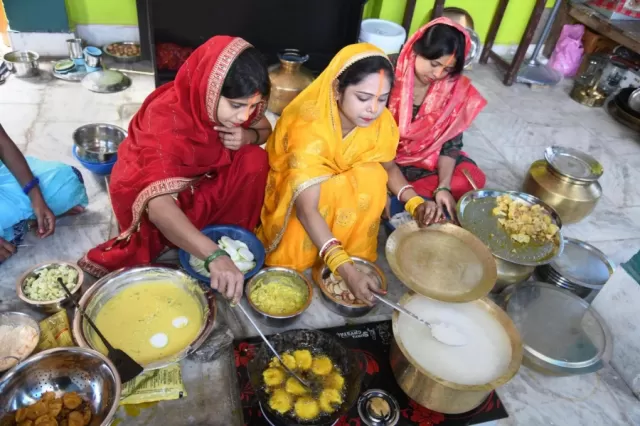
Kharna is not merely a ritual; it is a symbol of purity, patience, and devotion. It embodies the essence of Chhath, the union of human effort with divine energy. Each step, each prayer, and each offering made during Kharna has a profound meaning that transcends the physical and enters the realm of the spiritual.
1. Purification of Body and Mind
The term “Kharna” itself is derived from the concept of purification. Observing a day-long fast helps devotees detoxify physically while meditating and reflecting spiritually. This inner cleansing paves the way for a stronger connection with the divine.
2. Beginning of the Main Vrat
Breaking the fast after sunset marks the initiation of the main vrat of Chhath Puja, the 36-hour waterless fast. Devotees enter this phase with a calm mind and a pure heart, embodying total surrender and faith in Chhathi Maiya’s blessings.
3. Expression of Faith and Gratitude
Kharna represents the devotee’s gratitude toward the Sun God for sustaining life and ensuring prosperity. The Sun is worshipped as the eternal source of light, energy, and well-being, and the rituals performed on this day are a humble expression of thankfulness for these gifts.
4. Family and Community Bonding
Kharna also strengthens the sense of community and family. In many households, family members gather together to prepare the prasad, decorate the space for evening prayers, and share the blessed food after rituals. This collective act of devotion nurtures a sense of belonging, harmony, and cultural continuity across generations.
Cultural Importance
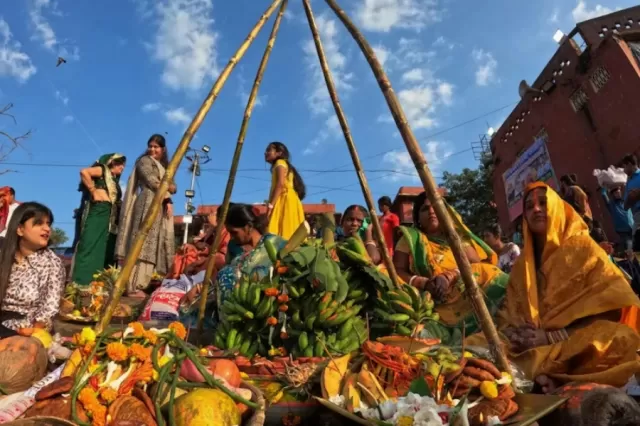
While Kharna is primarily celebrated in the states of Bihar, Jharkhand, Uttar Pradesh, and Eastern Uttar Pradesh, its influence now extends across India and even among Indian communities abroad. In every corner where Chhath Puja is observed, the rituals of Kharna resonate with the same spirit of purity and devotion.
People clean their homes, decorate the worship area with diyas (earthen lamps), and prepare traditional songs that echo with faith and reverence. The scene on Kharna evening, the fragrance of jaggery kheer, the soft chants of prayers, and the glow of diyas, captures the soulful essence of Indian spirituality.
The Deeper Message of Kharna
Kharna is more than a religious observance; it is a reflection of human endurance and divine faith. It teaches the value of discipline, purity, and gratitude, principles that remain timeless. The rituals remind us that in a world full of distractions, true strength lies in patience and devotion.
Every devotee who observes Kharna steps into a sacred journey of self-control, humility, and thankfulness. It is a day when the physical fast transforms into spiritual nourishment, reconnecting the soul with cosmic energy.
Kharna 2025 is not just a date on the calendar; it is a divine experience that renews faith, purifies the spirit, and brings families together in devotion. As devotees across the world prepare for this auspicious day on October 26, 2025, the essence of Kharna continues to shine as a symbol of devotion, purity, and the eternal bond between humanity and the divine Sun.
May this Kharna bring peace, prosperity, and spiritual fulfilment to all who observe it with sincerity and faith.
Also Read: Nahay Khay Chhath Puja 2025: Date, Rituals and Significance




